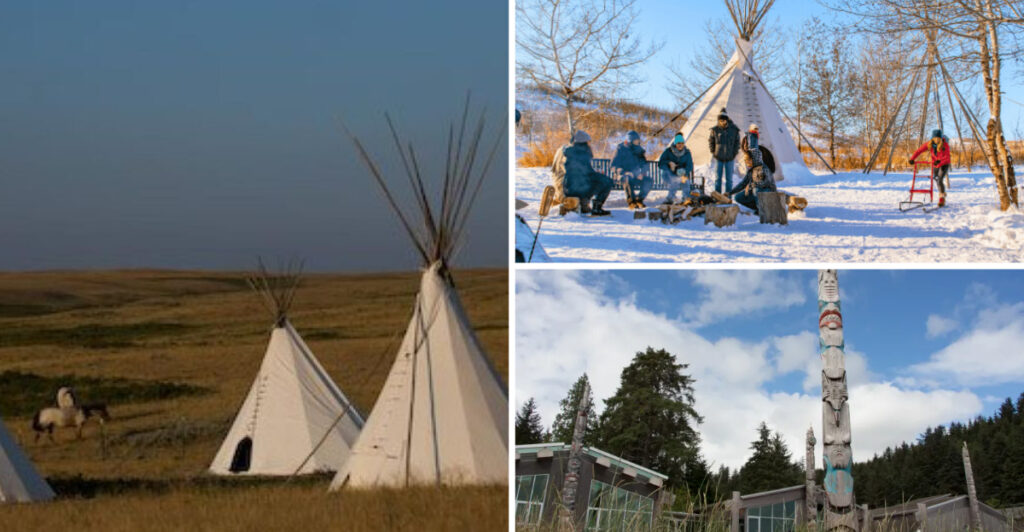Embarking on a journey through the heart of Indigenous Canada, I encountered a rich tapestry of cultures, traditions, and landscapes that left an indelible impression on my soul. Each experience unfolded a new layer of history and spirit, making this journey unforgettable. Here are the 16 experiences that stood out to me.
1. Haida Gwaii’s Totem Poles
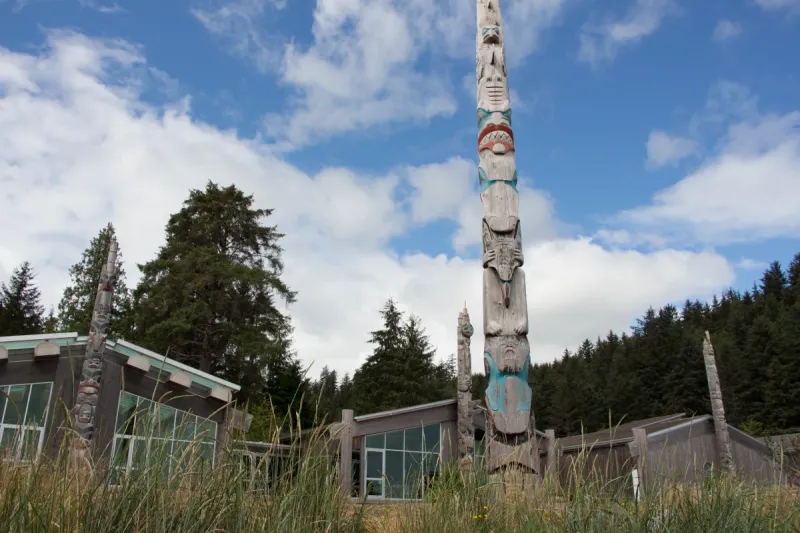
The totem poles of Haida Gwaii rise majestically, each telling a unique story. As I stood before these towering sentinels, I felt a deep connection to the land and its history. The intricate carvings, depicting animals and ancestral figures, spoke of the Haida people’s reverence for nature.
Walking among them, the air seemed to hum with the whispers of the past. Each pole is a testament to the artistry and spirituality of the Haida, offering insights into their way of life. It was a humbling experience that broadened my understanding of Indigenous culture.
2. Powwow Celebration in Manitoba
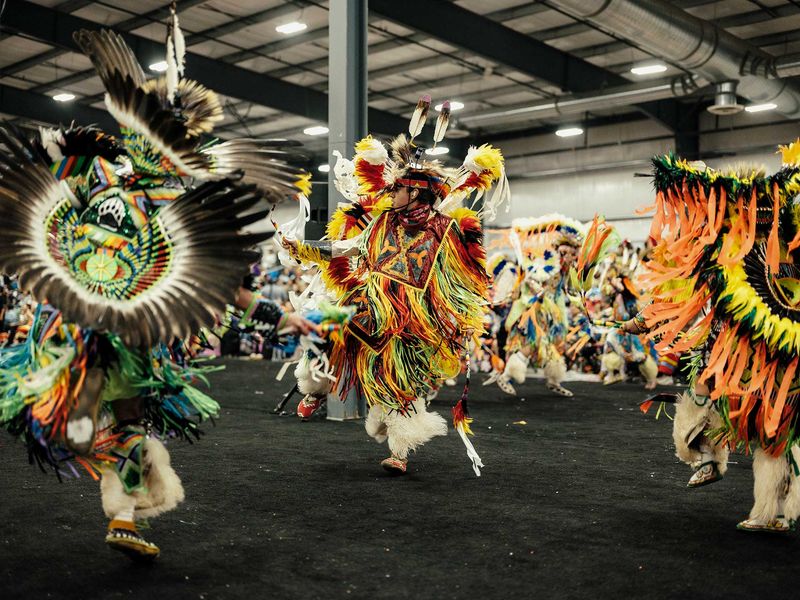
In Manitoba, the Powwow celebration was a feast for the senses. The rhythmic beat of the drums resonated in my chest as dancers, adorned in colorful regalia, moved in harmony. Each step and gesture was filled with meaning, a tribute to their ancestors.
The air was alive with energy and community spirit, drawing everyone together. It was not just a celebration but a living tradition, showcasing the resilience and pride of the Indigenous people. The warmth of the participants, young and old, made me feel welcome and honored to witness such a profound event.
3. Traditional Inuit Throat Singing in Nunavut

Throat singing in Nunavut was an ethereal experience. Two women, their voices intertwining, created sounds that seemed to echo the very soul of the Arctic. The skill and harmony required for this art form were awe-inspiring.
Listening to them, I was transported to a world where nature and humanity are seamlessly connected. The haunting melodies told stories of survival and resilience, speaking to the strength of the Inuit people. This ancient tradition, passed down through generations, resonates with an enduring spirit that captivated me entirely.
4. Cree Winter Festival in Saskatchewan

The Cree Winter Festival in Saskatchewan was a celebration of life and tradition amidst the snow. Families gathered, partaking in traditional games and activities that warmed the heart despite the chilly air.
The laughter of children playing and the aroma of traditional foods filled the festival grounds. It was a time to honor the past while enjoying the present, a vibrant display of community and culture. The Cree people’s warmth and hospitality were as inviting as the festivities themselves, offering a glimpse into their rich heritage.
5. Mi’kmaq Petroglyphs in Kejimkujik National Park
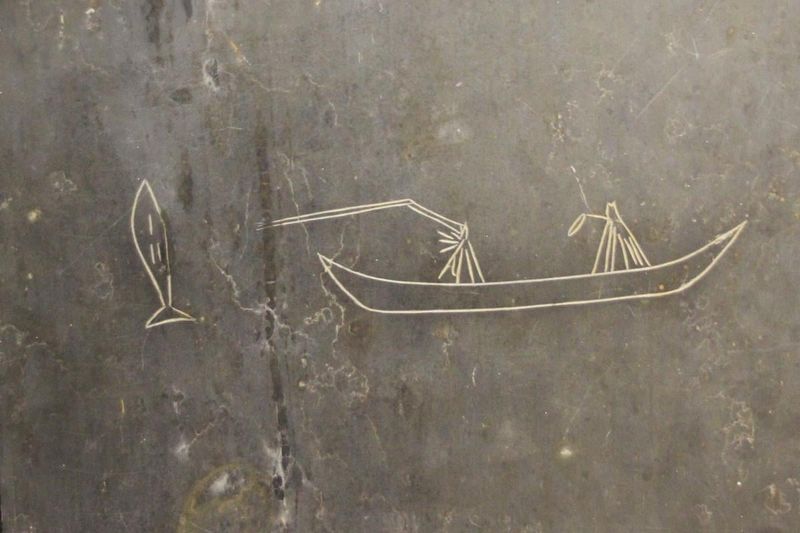
At Kejimkujik National Park, the Mi’kmaq petroglyphs were silent yet powerful storytellers. Etched into the stone, these ancient carvings depicted the lives and beliefs of the Mi’kmaq people.
Standing by the tranquil lake, I felt the weight of history beneath my feet. Each symbol and line was a window into a world long past, yet still very much alive in spirit. These petroglyphs are a testament to the enduring legacy of the Mi’kmaq, offering a profound connection to their ancestral land.
6. Inuit Artistry at Rankin Inlet
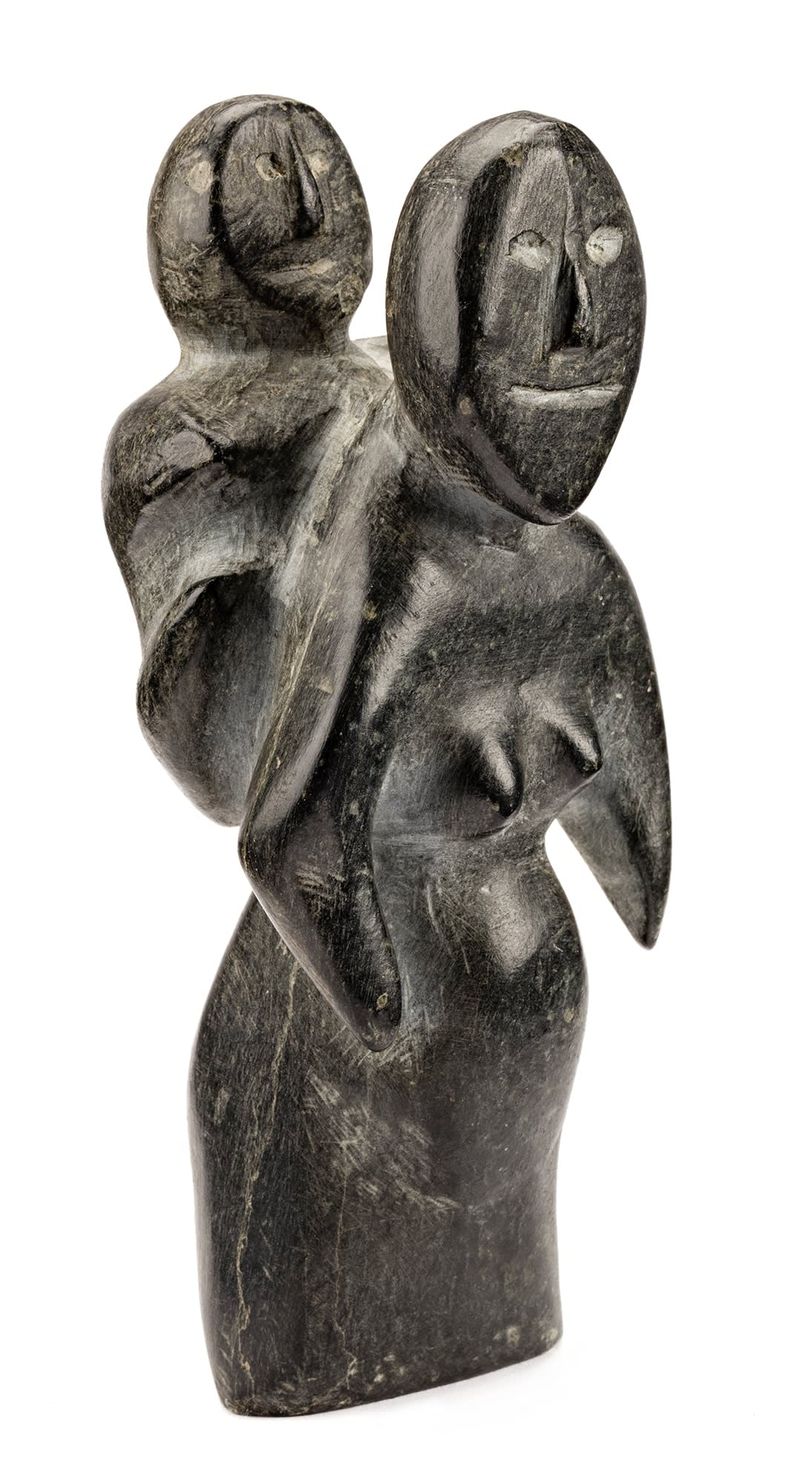
Rankin Inlet is a hub of Inuit artistry, where creativity blooms even in the harshest of climates. The artists, with ages spanning generations, craft beautiful sculptures and jewelry that reflect their connection to the land and sea.
Each piece is a narrative of tradition and innovation, showcasing the resilience and talent of the Inuit people. The workshop, filled with the sound of chisels and laughter, was a warm haven of expression and culture. This art form is not just about aesthetics but a profound declaration of identity and heritage.
7. Blackfoot Tipi Village in Alberta

The Blackfoot Tipi Village in Alberta offered a glimpse into a way of life deeply connected to the earth. The tipis, standing proudly against the expansive plains, were a symbol of the Blackfoot people’s adaptability and respect for nature.
Entering the village, I was greeted with stories and customs that have endured centuries. Each tipi was a home, a refuge, and a testament to the Blackfoot’s ingenuity. This experience was a powerful reminder of the enduring spirit and wisdom of the Indigenous peoples of the plains.
8. Ojibwe Beadwork in Ontario

In Ontario, the art of Ojibwe beadwork captivated my senses. The intricate designs, bursting with color, were like visual symphonies that spoke of tradition and personal stories.
As I watched an artist at work, each bead seemed to hold a universe of meaning, woven together to form patterns of breathtaking beauty. This craft is a testament to the Ojibwe’s patience and artistic flair, a tactile representation of their history and identity. The dedication to preserving this art form is as vibrant as the beadwork itself, a legacy passed through generations.
9. Métis Jigging in Winnipeg
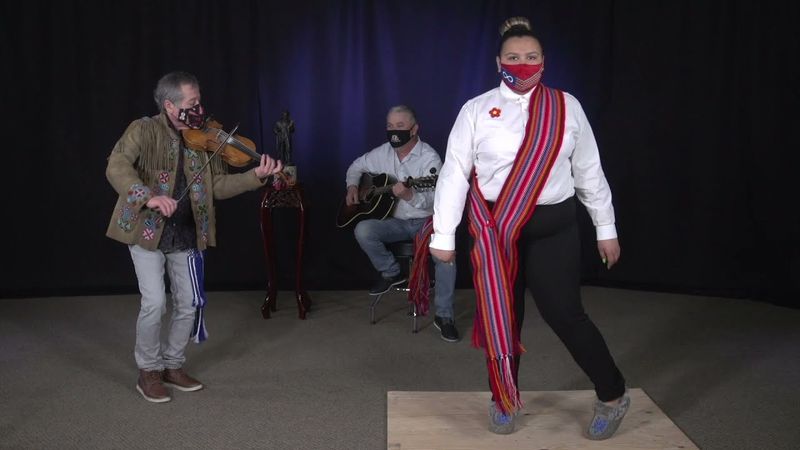
Métis jigging in Winnipeg was a celebration of rhythm and joy. The dancers, moving with infectious energy, carried on a tradition that is both a dance and a storytelling medium.
The lively fiddle tunes set the pace as feet tapped and hearts soared, creating an atmosphere of pure happiness. This dance form is a vibrant expression of Métis culture, blending influences into a unique identity. Watching the jigging, I felt the heartbeat of a community proud of its heritage and eager to share its joy with everyone present.
10. Salmon Feast in British Columbia
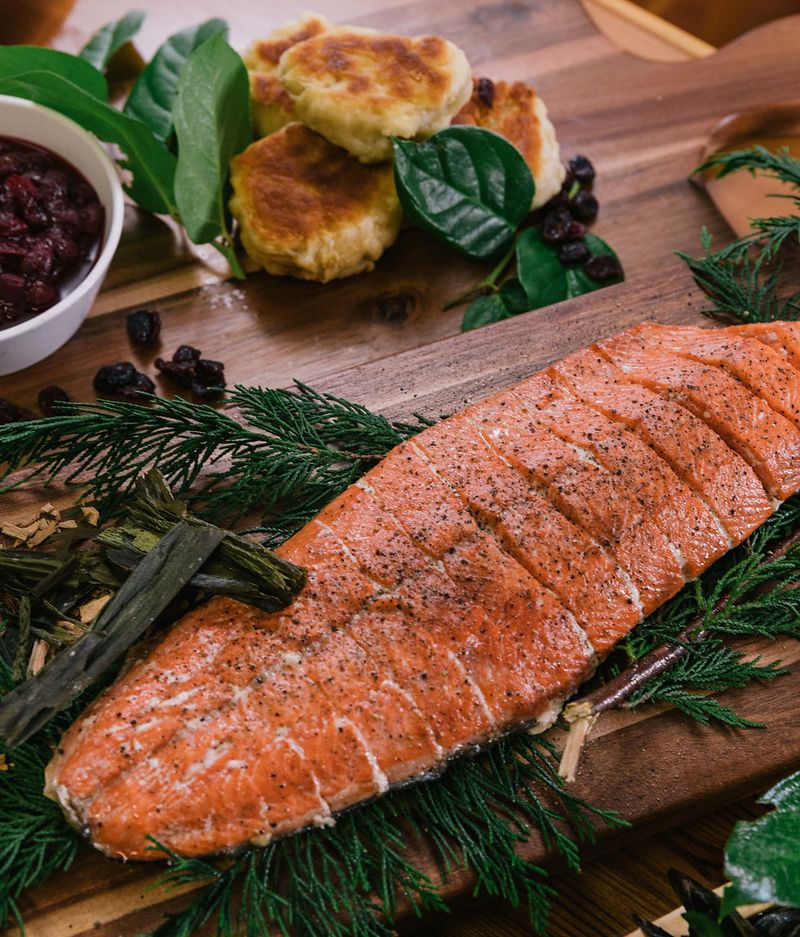
The salmon feast in British Columbia was a culinary journey steeped in tradition. Gathered around a crackling fire, Indigenous families cooked salmon, sharing stories and laughter.
This feast was more than just a meal; it was a celebration of life and sustenance, honoring the salmon as a vital part of their heritage. The flavors, rich and smoky, were a testament to centuries-old cooking techniques. Participating in this feast, I understood the deep respect and gratitude the Indigenous people have for the gifts of the land and sea.
11. Basket Weaving with the Coast Salish
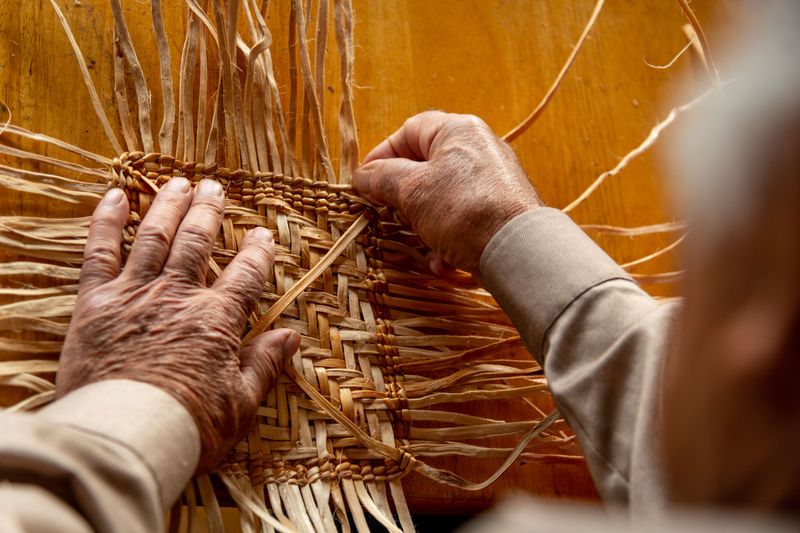
Basket weaving with the Coast Salish was a lesson in patience and tradition. Watching an elder and a youth work together, their hands skillfully weaving cedar bark, was a beautiful sight.
This craft, passed down through generations, is a way of preserving knowledge and history. Each basket tells a story, woven into its very structure. The calm and focus required for this art form mirrored the tranquil coastal surroundings, creating a meditative space where culture and nature unite.
12. Kainai Sundance in Southern Alberta
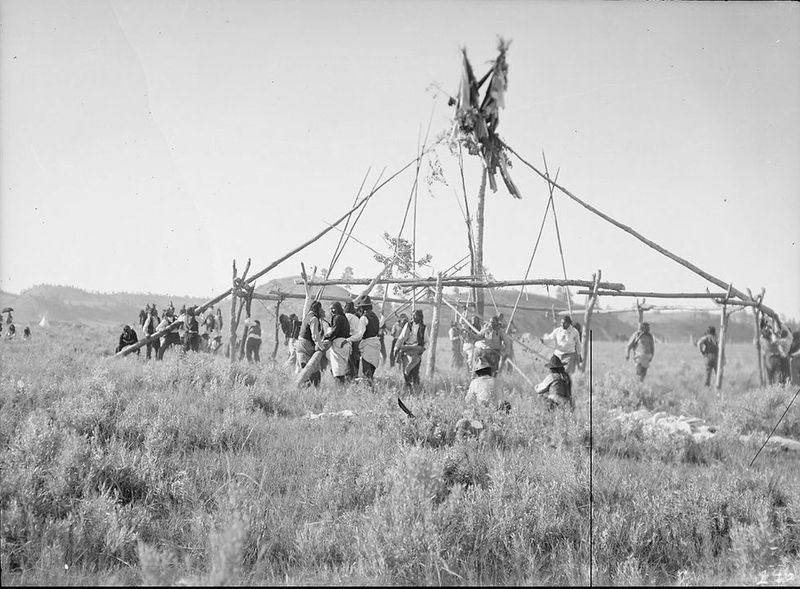
The Kainai Sundance in Southern Alberta was a profound spiritual gathering. Participants, dancing and fasting in a sacred circle, demonstrated their devotion and gratitude.
This ceremony, rooted in tradition, is a powerful expression of faith and community. Observing the dance, I felt a deep sense of respect for the Kainai people’s spiritual journey. The Sundance is not just a ritual but a renewal of life, strength, and unity, embodying the heart of Indigenous spirituality.
13. Woodland Art of Norval Morrisseau
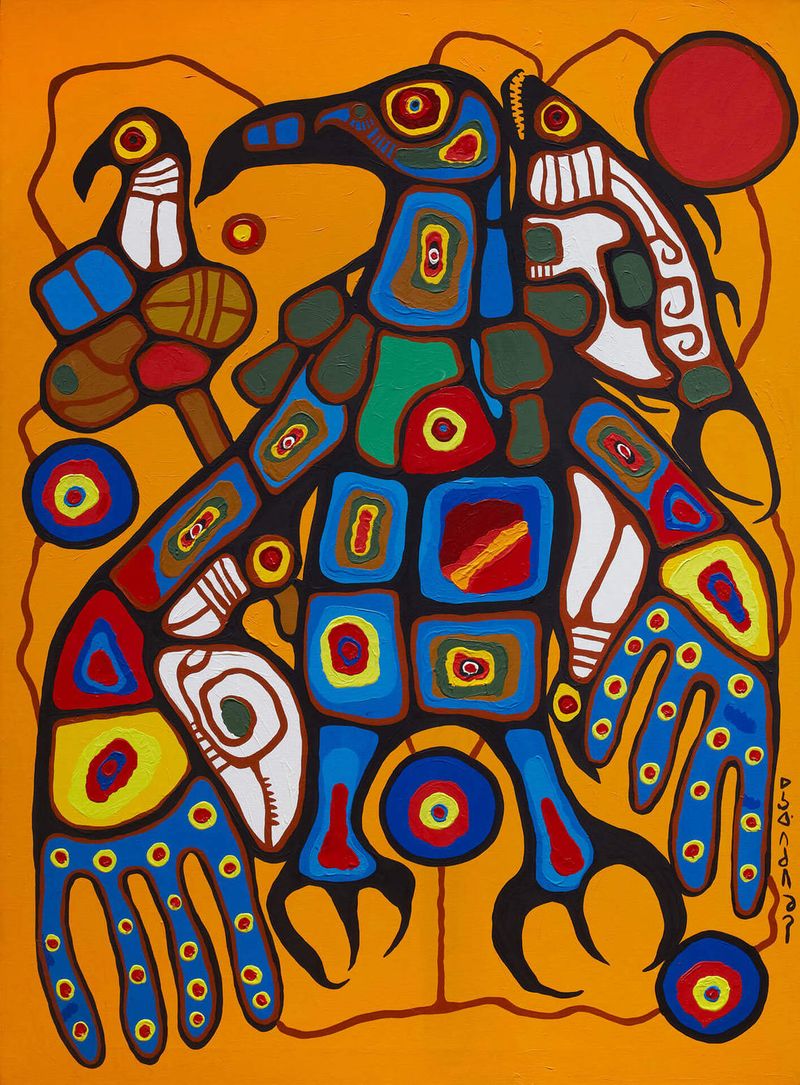
The Woodland art of Norval Morrisseau was a vibrant display of color and meaning. His paintings, each a masterpiece, depicted the stories and myths of the Ojibwe people.
Standing before his work, I felt the pulse of the land and its people, artfully captured in every brushstroke. Morrisseau’s unique style, characterized by vivid colors and bold lines, is a celebration of Indigenous identity and creativity. His art is not only visually stunning but also a profound narrative of cultural heritage.
14. Nuu-chah-nulth Whale Watching in Tofino
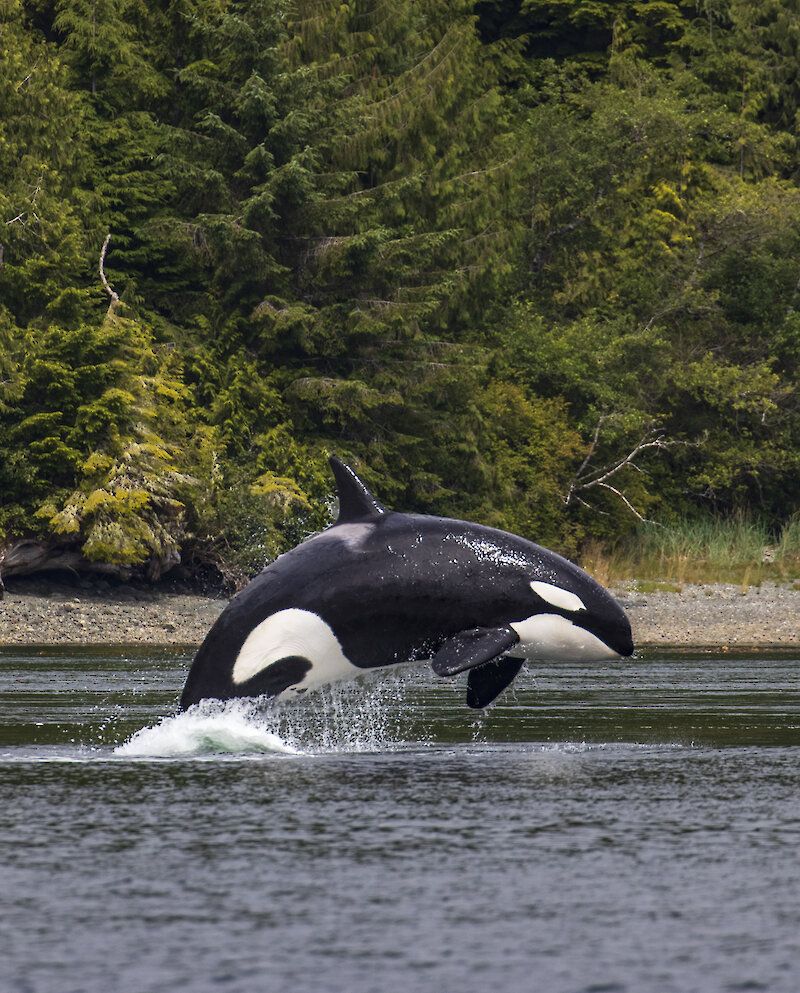
Whale watching with the Nuu-chah-nulth in Tofino was an awe-inspiring adventure. Guided by those whose lives are deeply intertwined with the ocean, each sighting was a marvel.
The breaching whales, majestic and graceful, were reminders of the vastness and beauty of nature. This experience reinforced the Nuu-chah-nulth’s profound respect for marine life. Their knowledge of the sea and its creatures was evident, enriching the experience with insights and stories that made every moment unforgettable.
15. The Dancing Circle at Batoche
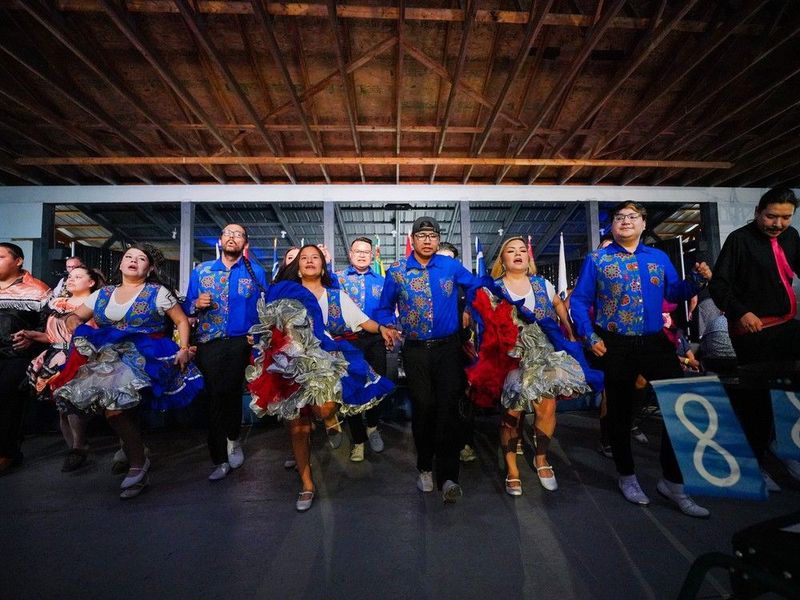
The Dancing Circle at Batoche was a lively celebration of Métis culture and heritage. Families gathered to participate in traditional dances that told stories of resilience and unity.
The rhythmic music and spirited movements created an atmosphere of joy and connection. This circle was more than just a dance floor; it was a symbol of community and cultural pride. Being part of this celebration, I felt embraced by the warmth and spirit of the Métis people, their dances a testament to their enduring legacy.
16. The Sacred Canoe Journey with the Kwakwaka’wakw
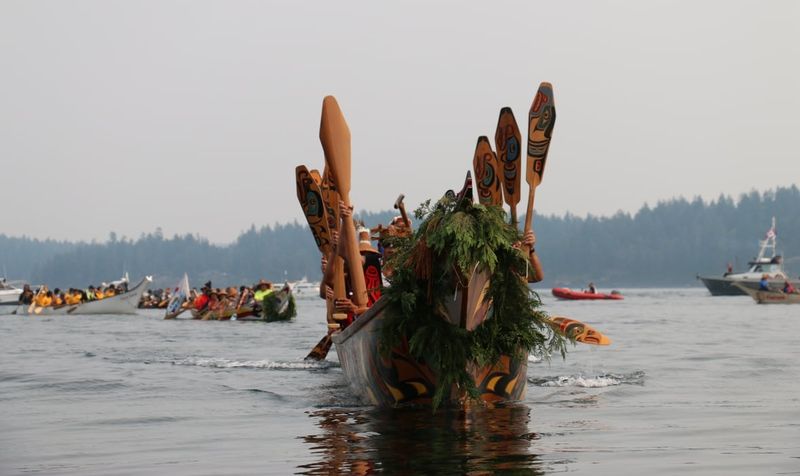
Embarking on the sacred canoe journey with the Kwakwaka’wakw people is an invitation to connect deeply with the Pacific Northwest’s cultural heart. Led by an elder whose wisdom spans generations, the experience unfolds across waters that have witnessed countless stories.
The rhythmic paddling is both meditative and invigorating, driving a connection not just between land and sea, but between past and present. Participants are encouraged to listen to the whispers of ancient spirits in the waves.
Did you know? This tradition celebrates unity and the resilience of Indigenous identity. It’s not just a journey—it’s a celebration of life itself.

